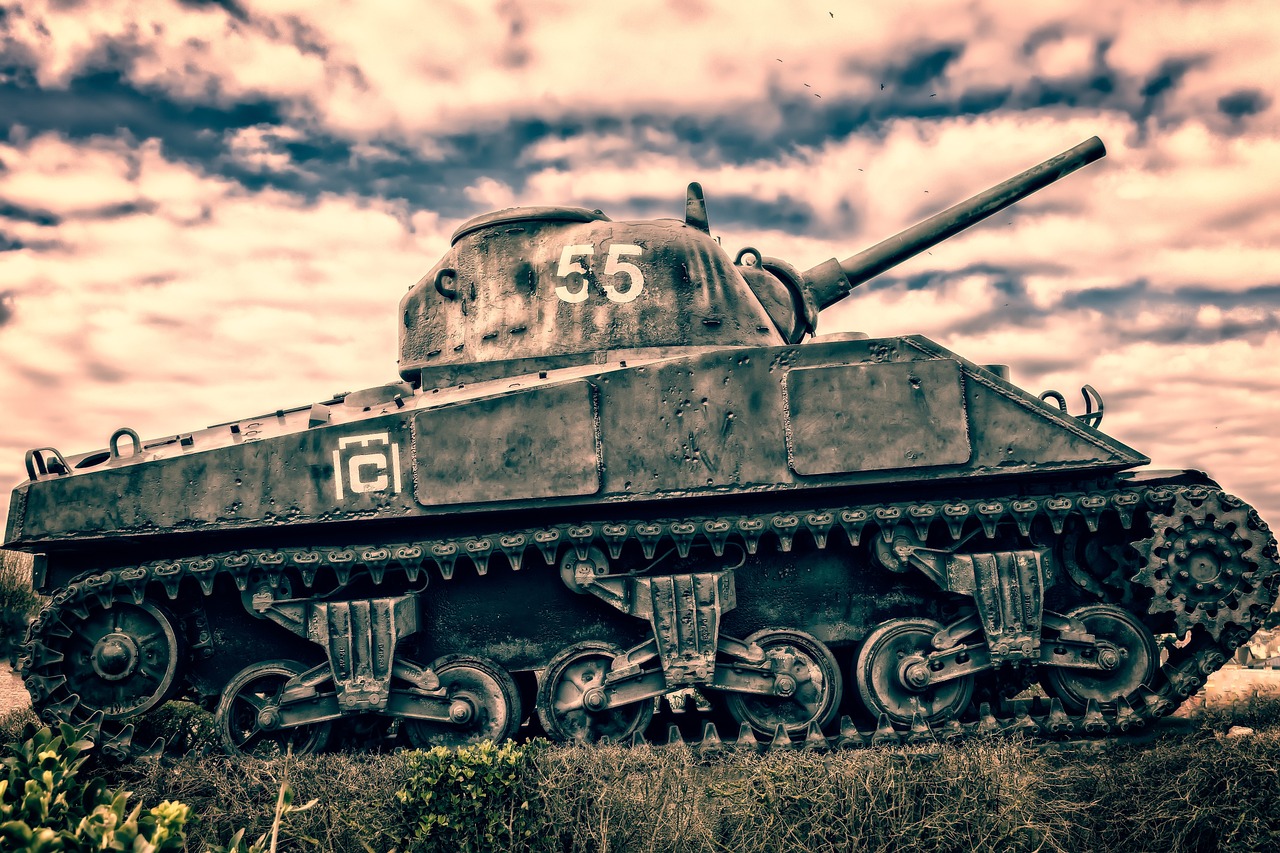Table of Contents
The Vietnam War (1955–1975) was one of the most contentious and ruinous conflicts of the 20th century. Waged largely in Vietnam, Laos, and Cambodia, it pitted the communist North Vietnamese and Viet Cong against South Vietnam and its main ally, the United States. What had started as a local conflict quickly became a Cold War battleground, claiming millions of lives, shattering a generation, and dividing world public opinion deeply.
Origins of the Conflict
The origins of the Vietnam War are in the post-World War II era and the surge of anti-colonial activity throughout Asia. Vietnam, having been a French Indochina colony, wished to become independent. In 1954, after several years of fighting back, the Viet Minh, who were communist in leadership, with Ho Chi Minh at their helm, defeated the French at the Battle of Dien Bien Phu.
The resulting Geneva Accords temporarily split Vietnam along the 17th parallel:
North Vietnam became a communist nation under Ho Chi Minh.
South Vietnam, under the leadership of Ngo Dinh Diem, was supported by the United States and other Western nations.
Elections were threatened to reunite the nation but never took place, and tensions mounted.
U.S. Involvement and Escalation
Spurred by the “Domino Theory” — the theory that the collapse of one nation into communism would be followed by the collapse of others — the United States started furnishing South Vietnam with financial and military aid in the late 1950s.
By 1965, following the Gulf of Tonkin, the U.S. had introduced combat troops, with troop strength reaching a peak of more than 500,000. Presidents Lyndon B. Johnson and subsequently Richard Nixon directed the war effort, in their view believing U.S. credibility and the containment of communism were at stake.
Key Elements of the War
- Guerrilla Warfare
The Viet Cong, communist guerrillas in the South, employed guerrilla warfare — ambushes, traps, and surprise attacks — which thwarted American troops unaccustomed to the jungle environment. - The Ho Chi Minh Trail
A sophisticated supply route through Laos and Cambodia, the trail enabled North Vietnam to resupply the Viet Cong despite U.S. attempts to sever their logistics. - Bombing Campaigns
The U.S. unleashed extensive bombing campaigns, such as Operation Rolling Thunder, against North Vietnam and portions of Cambodia and Laos. - Chemical Warfare
Defoliants such as Agent Orange were employed by the U.S. to denude forests of cover, with resulting terrible health effects upon both Vietnamese civilians and American veterans.
Public Opposition and Anti-War Movement
As the war lingered and losses rose, popular opinion in the United States wore away. Vivid media accounts, such as scenes of civilian tragedy, stirred resentment. Demonstrations broke out on college campuses and in urban areas of America and Europe. The war came to symbolize overextension and mistrust of government.
The Tet Offensive in 1968 — a huge surprise strike by the North during a holiday ceasefire — startled the American people and made clear that victory was not at hand, contrary to official assurances.
Vietnamization and U.S. Withdrawal
President Nixon initiated Vietnamization, with the objective of shifting combat responsibilities to the South Vietnamese military while slowly withdrawing American forces. At the same time, he widened bombing into Cambodia, eliciting additional protest.
In 1973, the Paris Peace Accords were signed, and the final U.S. forces departed Vietnam. Nevertheless, combat between North and South Vietnam persisted.
Fall of Saigon and Aftermath
On April 30, 1975, the North Vietnamese troops took Saigon (now Ho Chi Minh City), ending the war. Vietnam was reunified under communist control.
Consequences:
- More than 3 million were killed, including civilians.
- Vietnam was devastated, with widespread devastation and economic hardship.
- U.S. military morale and political confidence were severely shaken.
- The war fueled a “Vietnam Syndrome” — profound public skepticism towards future military intervention.
Legacy
The Vietnam War imposed lasting wounds:
- In Vietnam, millions continue to live with the impacts of chemical weapons and landmines.
- In the United States, it remade foreign policy and public trust in government.
- It motivated films, literature, and music that examined the psychological and political damage of war.
- Even amid pain, the war also sparked peace movements, journalism integrity, and human rights activism.
Conclusion
The Vietnam War was a quintessential conflict of the Cold War — not merely a war between two countries, but an international confrontation between two ideologies. It is a sobering reminder of the intricacies of war, the futility of military solutions, and the long-term cost of political misjudgment.

